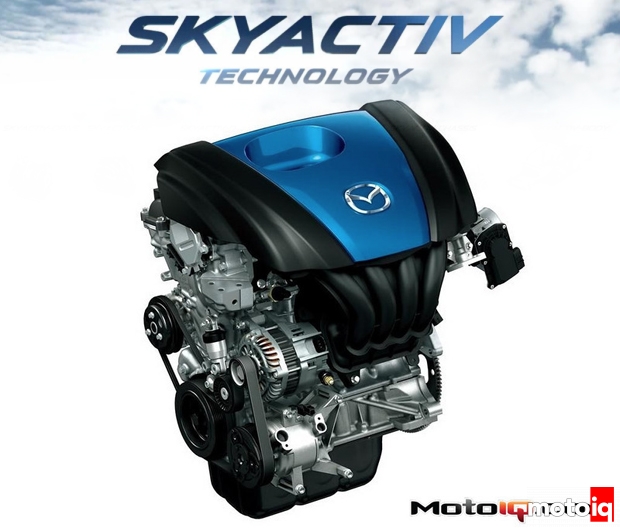Lots of OE's don't fully tell the truth about their car's output, likely for insurance reasons or even EPA MPG requirements, who knows.
The Neon SRT-4 was heavily underrated. The Mk7 Golf GTI was not really 225 hp, it's dyno'ed way higher than that on premium fuel.
I am not surprised one bit what I found on the dyno. As soon as I was able to take it to an open 1/4 mile, it took two passes to run 13.75@101.9 (JB4 only, Map 3). About two weeks after that same track this time with the WMI on, it ran 13.77@103.47 in 90 degree heat but track is only 15 ft above sea level so DA stays under 1,000 ft.
I took it to Arizona for high temp, high DA testing, ran a bunch of low 14's and one 13.96@98 mph. The 60 ft times aren't great but I am hard at work on fixing that and about 90% done. I also got in some Whiteline anti-lift bushings not sure I'll need those we'll see, I hope to get rid of these rear engine mount inserts, I just don't need the NVH but it did help with wheel hop.
Sport Mode, TCS off, burnout.
2.0x mostly, a few 2.1x
Much better results coming.







